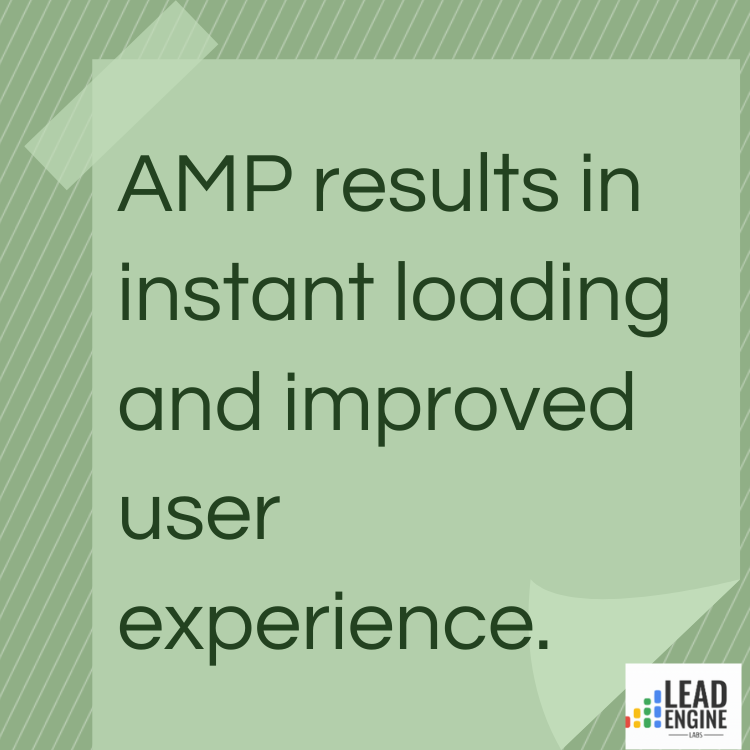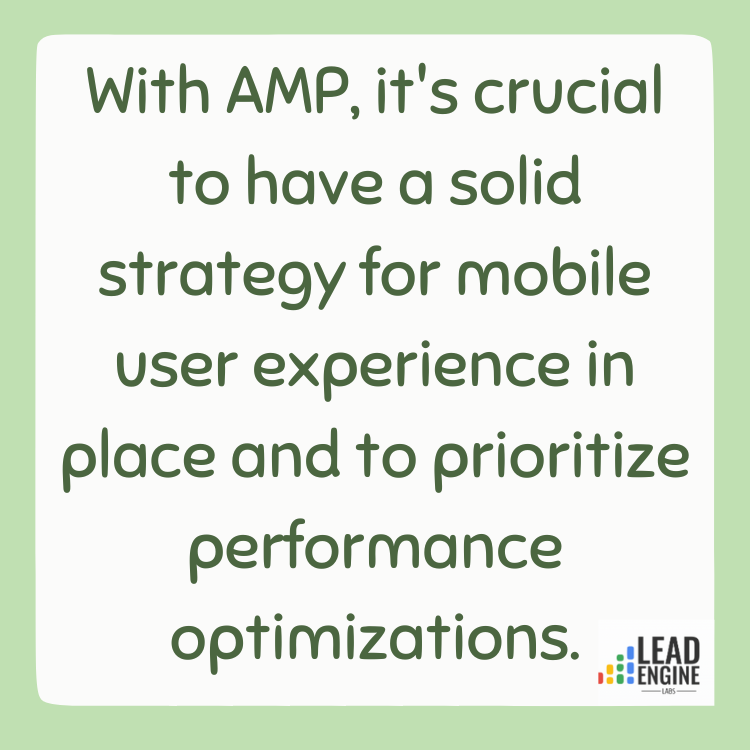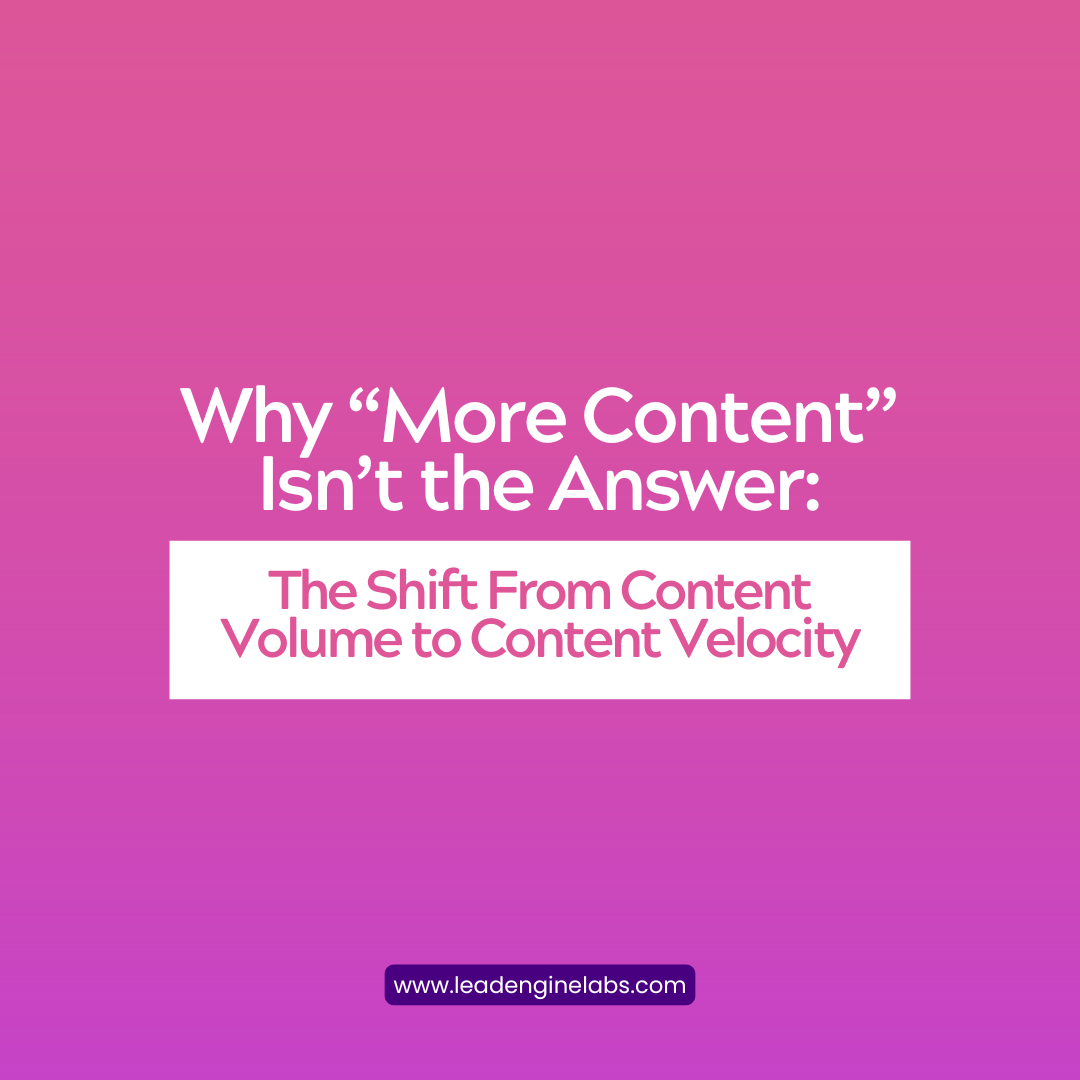
Are you looking to revolutionize the way your mobile web pages load and perform? Look no further than Google’s Accelerated Mobile Pages (AMP) project.
With AMP, content loads four times faster and uses eight times less data than traditional mobile pages, making it a crucial tool for content marketers and publishers looking to improve mobile user experience.
But what exactly is Accelerated Mobile Pages and how does it work? In this article, we’ll take a closer look at its benefits and advantages, as well as any considerations and limitations you should be aware of.
Key Takeaways
- Google’s Accelerated Mobile Pages Project is an open-source initiative to improve mobile web performance and speed up content delivery by simplifying browser requests and displaying content in a carousel above the fold.
- AMP content loads 4x faster and uses 8x less data than traditional mobile pages, making it an important tool for content marketing and publishers looking to win the news consumption war.
- Accelerated Mobile Pages support a comprehensive range of ad formats and ad networks and may soothe publishers’ fears of ad blockers, but they may also restrict what mobile content can do and hurt smaller publishers who neglect performance optimizations.
- To create an AMP page, basic markup is required and validation using Google’s validator is important. Publishers should have a solid strategy for mobile user experience in place and understand that AMP is a function-over-form project that may not be suitable for those who value fancy design over speed.
What is AMP?

If you’re looking to boost your mobile content’s speed and simplify browser requests, Google’s Accelerated Mobile Pages project is the perfect platform for you! Accelerated Mobile Pages, is an open-source initiative that aims to improve mobile web performance. It’s designed for mobile-optimized content that loads instantly, making it the perfect solution for publishers who want to provide their users with a seamless browsing experience.
To implement Accelerated Mobile Pages on your website, you need to follow a few simple steps. First, you need to create an AMP version of your content using a simplified version of HTML called AMP HTML. Once you’ve created your AMP content, you need to go through an Accelerated Mobile Page validation process to ensure that your content meets the standards set by Google.
This process involves checking your content for errors and making sure that it’s optimized for speed. Once your content is validated, it can be served from Google’s cache, which ensures that it loads quickly on users’ mobile devices.
Benefits and Advantages

Improve the performance of your website’s mobile pages and reduce load times by implementing AMP, resulting in instant loading and improved user experience. With Accelerated Mobile Pages, you’ll be able to reap the following benefits:
- Faster mobile page loading times, resulting in improved user experience.
- Reduced data usage, allowing users to save on mobile data costs.
- Improved mobile SEO rankings, as AMP content is given priority in Google’s search results.
- Increased engagement, as users are more likely to stay on a website with faster loading times.
By implementing Accelerated Mobile Pages, you’ll be able to provide your users with a faster, more seamless mobile experience. With instant loading and improved user experience, you’ll be able to increase engagement and improve your website’s mobile SEO rankings.
Additionally, by reducing data usage, you’ll be able to save your users money and ensure that they have a positive experience on your website. So why wait? Implement Accelerated Mobile Pages today and start enjoying the benefits of faster, more responsive mobile pages.
Considerations and Limitations

When implementing Accelerated Mobile Pages, it’s important to consider that it may restrict what your mobile content can do, potentially hurting smaller publishers, as 90% of AMP-enabled domains belong to just 1% of publishers. While Accelerated Mobile Pages offer a range of benefits, it’s crucial to have a solid strategy for mobile user experience in place and to prioritize performance optimizations.
To help you navigate the potential limitations of AMP, consider the following table:
| Consideration | Description |
|---|---|
| Limited functionality | AMP strips out fancy design in favor of speed and does not support forms out of the box. Publishers should ensure that their content is still engaging and user-friendly despite these limitations. |
| Resource constraints | Smaller publishers may struggle to keep up with the demands of AMP, especially if they lack the resources to optimize their content for speed. It’s important to weigh the benefits of AMP against the potential costs and to have a plan in place to address any challenges that arise. |
By taking these considerations into account and making strategic decisions about how to implement AMP, you can improve the performance of your mobile content while still providing a high-quality user experience.




